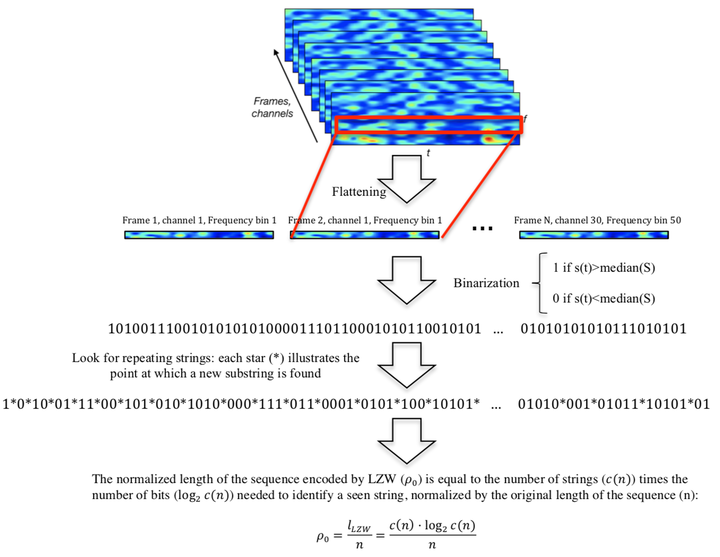The multiscale dynamics of resting-state brain activity is associated with the performance of dual task standing postural control in older adults

Abstract
Introduction: The standing postural control depends upon brain regions that interact with one another over multiple scales of time. The dynamics of brain activity (e.g., electroencephalogram, EEG, signal) during “free-running” condition are “complex,” containing patterns with similar structures across multiple temporal scales. Such complexity has been linked to the capacity of the brain to adapt to stressors. We here hypothesized that the complexity of EEG signals during quiet sitting (i.e., free running) would predict the ability of older adults to maintain standing posture when stressed by a concurrent cognitive task (i.e. dual tasking).
Methods: n = 38 participants performed a Single task (standing quietly with eyes open) and a Dual task (standing and performing serial subtractions of three from a random 3-digit number) while wearing a wearable sensor system (Mobility Lab) to record the average sway speed and area, and a 32-channel EEG system (Enobio, Neuroelectrics) to record EEG data. Lempel–Ziv–Welch (LZW) compression technique was used to quantify the complexity of EEG spectrograms across all the channels. Greater LZW value indicates less compressibility and therefore, greater complexity.
Results: The averaged dual task cost (i.e., the percent change from single task to dual task condition) of sway speed was 38±61% and the cost to sway area was 97±87% (mean ± S.D.). Older adults with greater complexity of resting-state global brain activity exhibited smaller dual task costs to sway speed (r2=0.23, p=0.03). Similarly, those with greater complexity of resting-state global brain activity exhibited less sway area specifically within the dual task condition (r2=0.46, p=0.01). This relationship was independent of participant age. No association was observed between the complexity and the sway metrics in single task condition.
Conclusion: The complexity of resting-state global brain activity, as measured by the LZW metric of EEG, correlates with the ability to maintain standing postural control specifically when engaged in a cognitive dual task stressor.